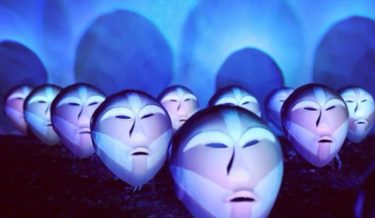Related post
Projection Mapping and Light Sculptures Illuminate Moscow
Mar 13, 2017
|
Comments Off on Projection Mapping and Light Sculptures Illuminate Moscow
3665
Banksy’s Biggest Artwork Ever Opens This Friday
Aug 20, 2015
|
Comments Off on Banksy’s Biggest Artwork Ever Opens This Friday
2862
Flower Forest: Lost, Immersed and Reborn
Jun 26, 2017
|
Comments Off on Flower Forest: Lost, Immersed and Reborn
2777














